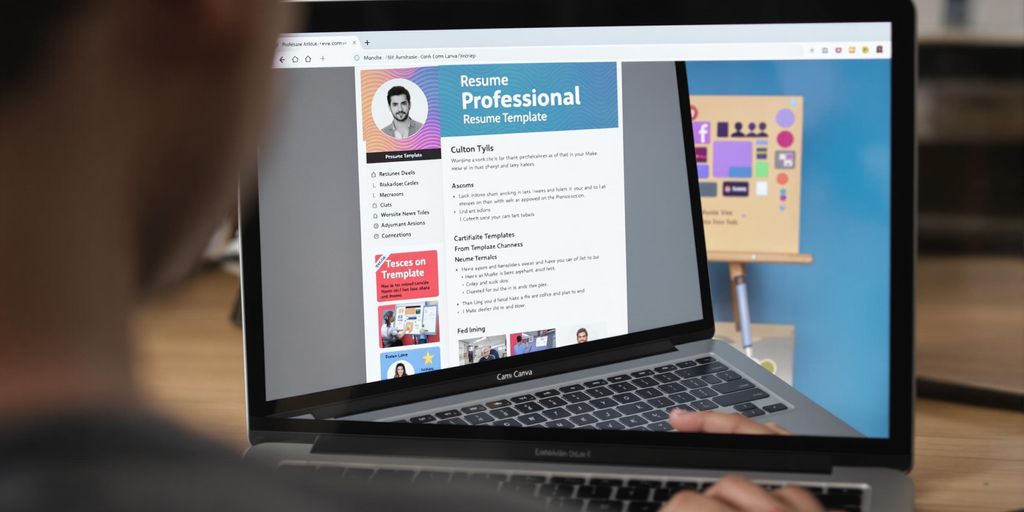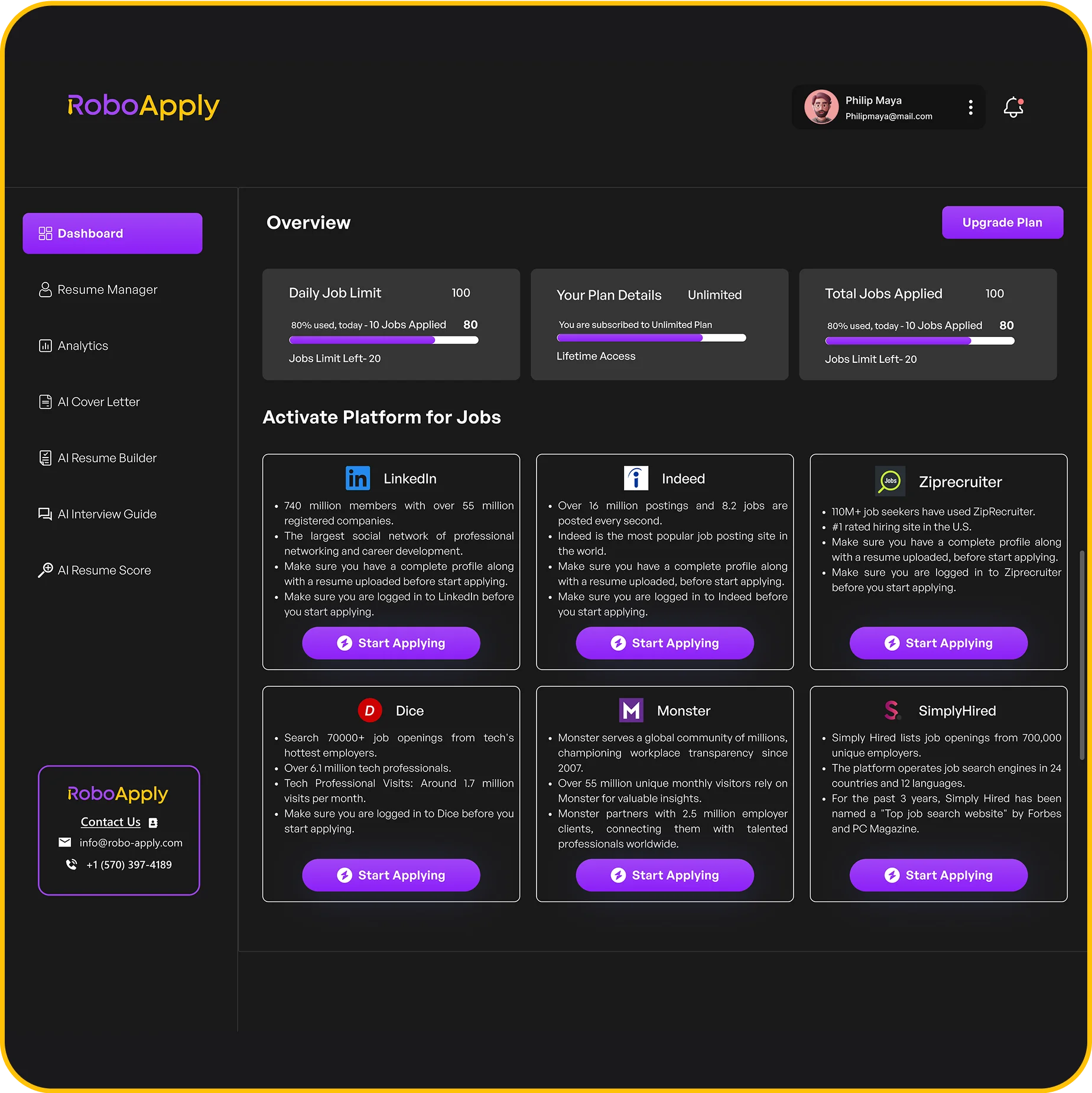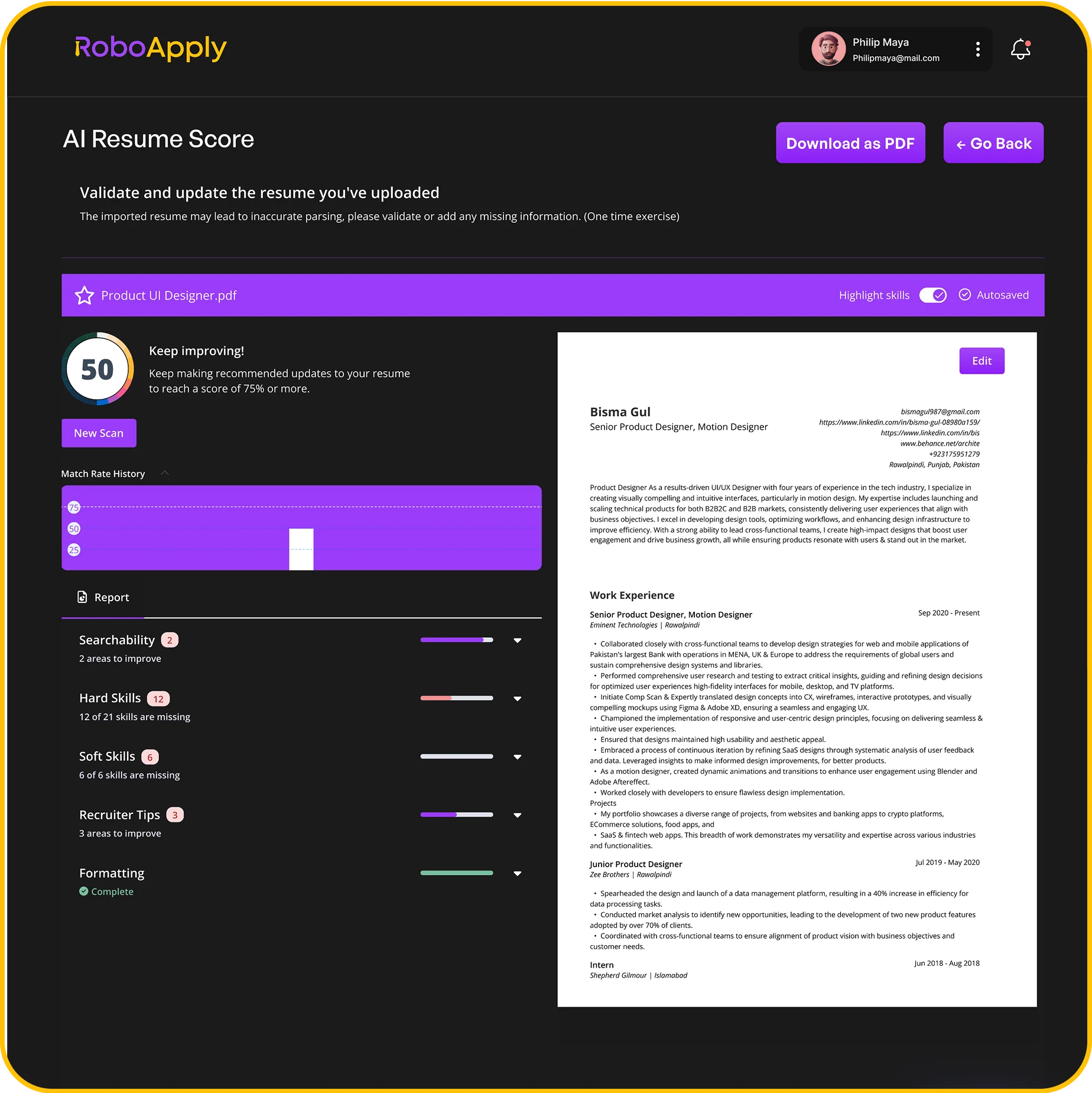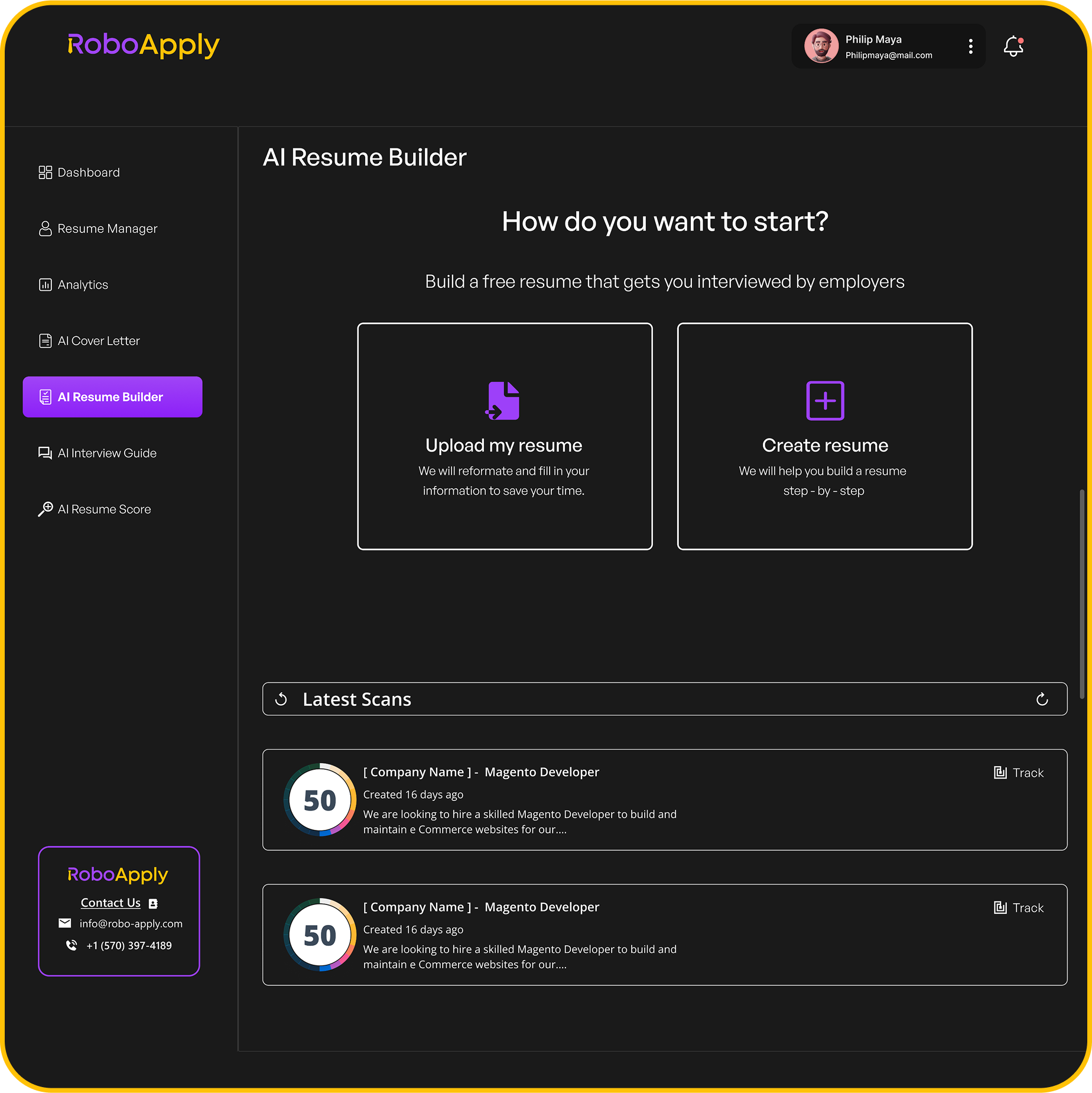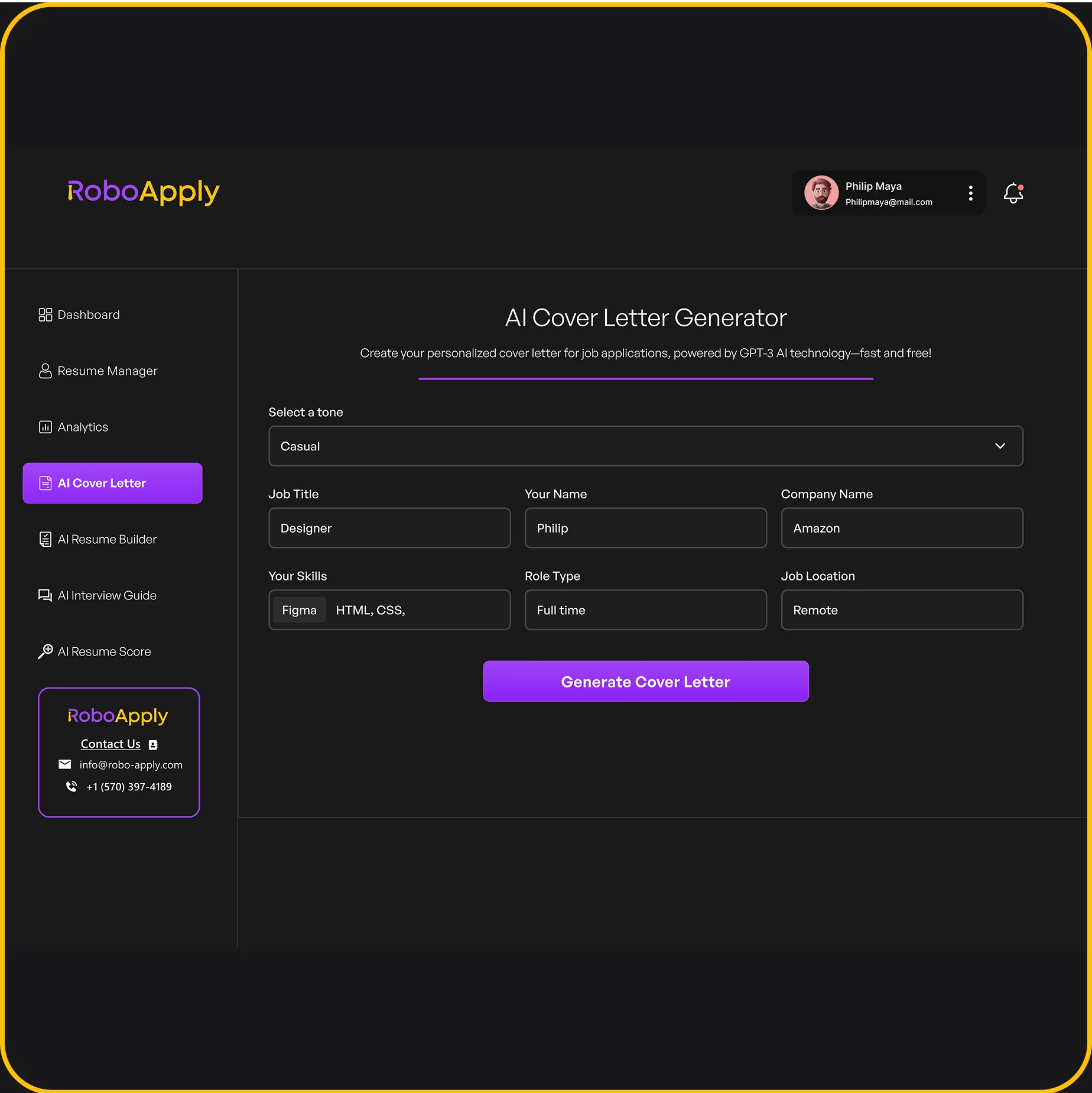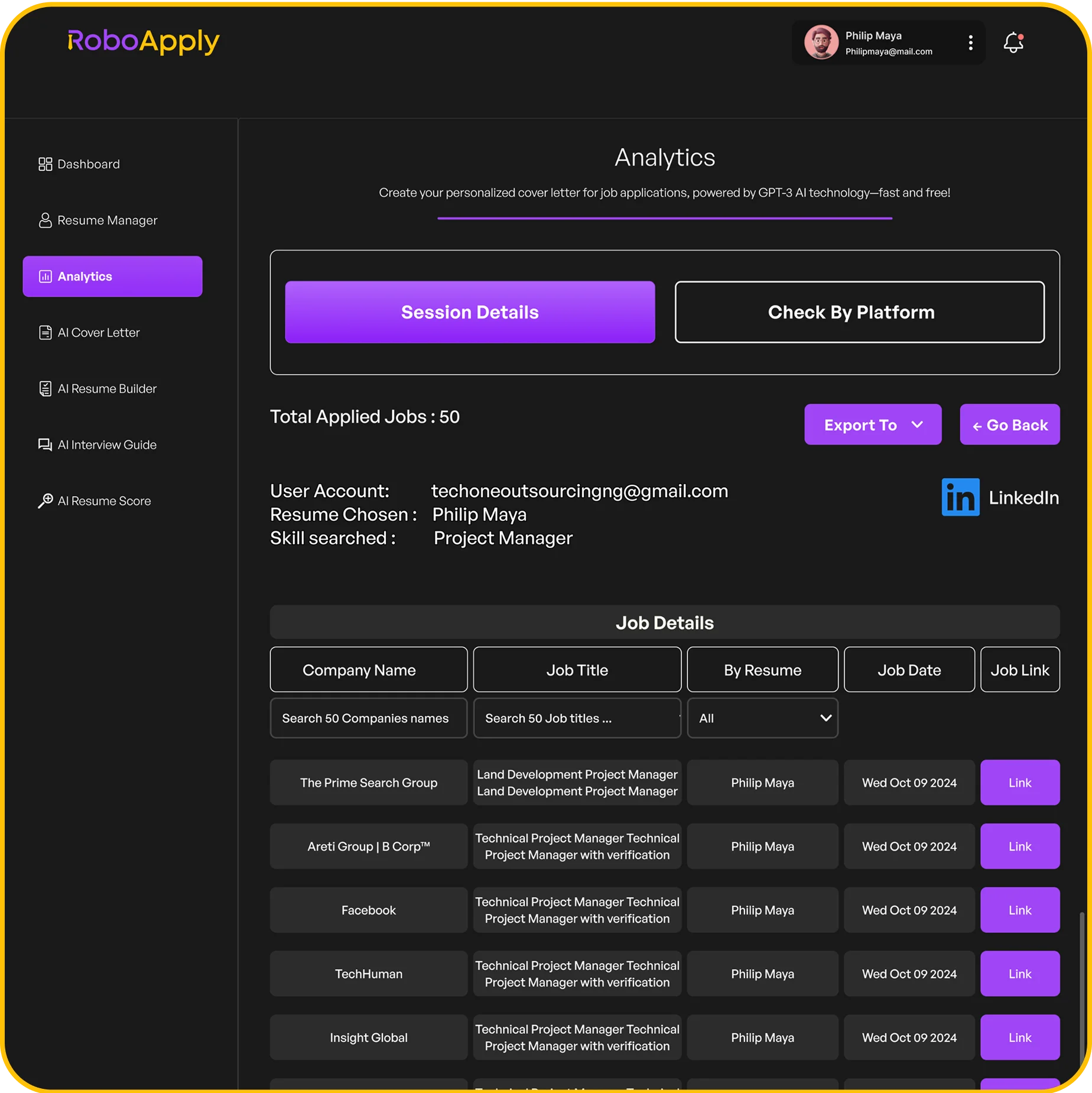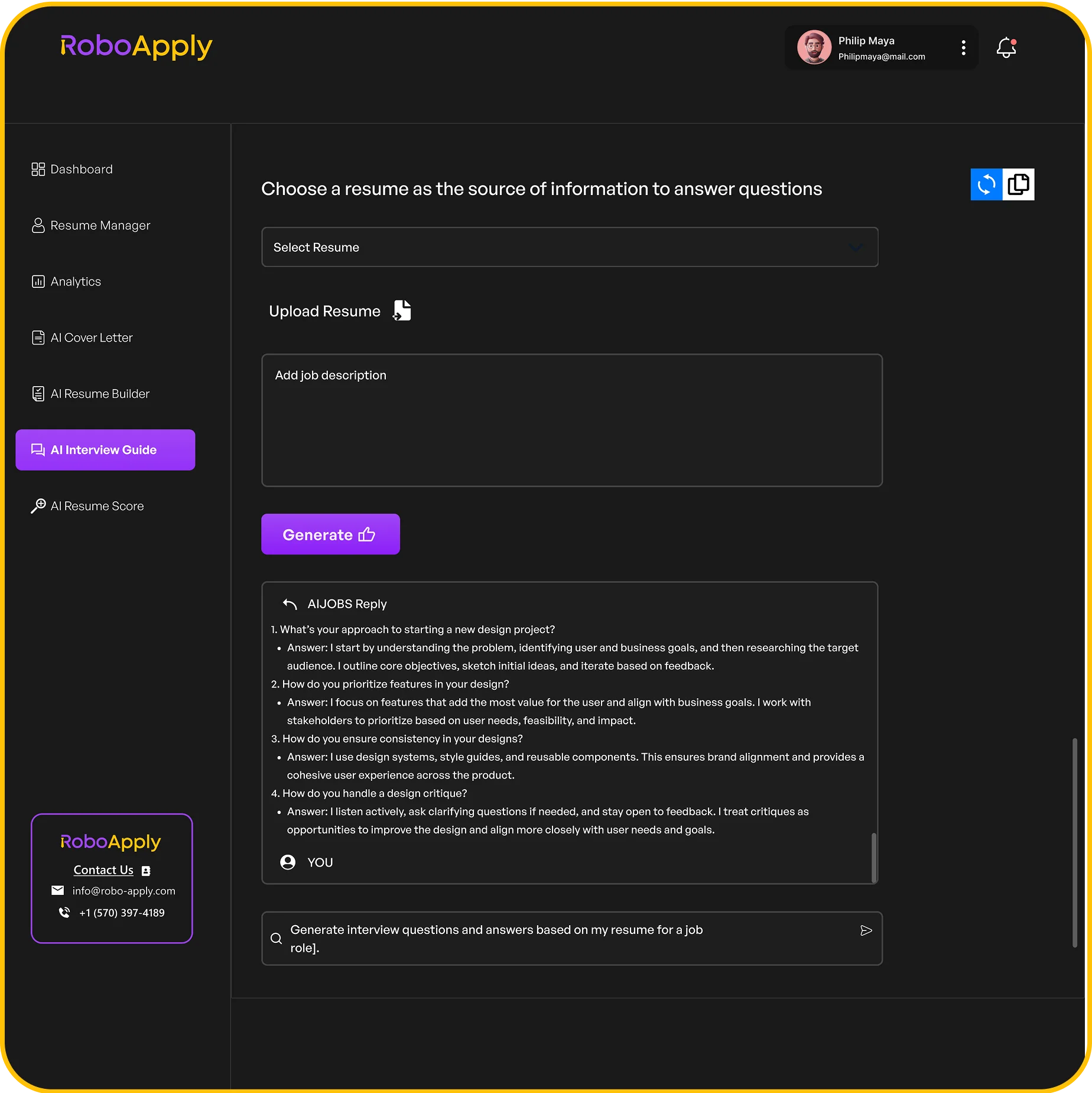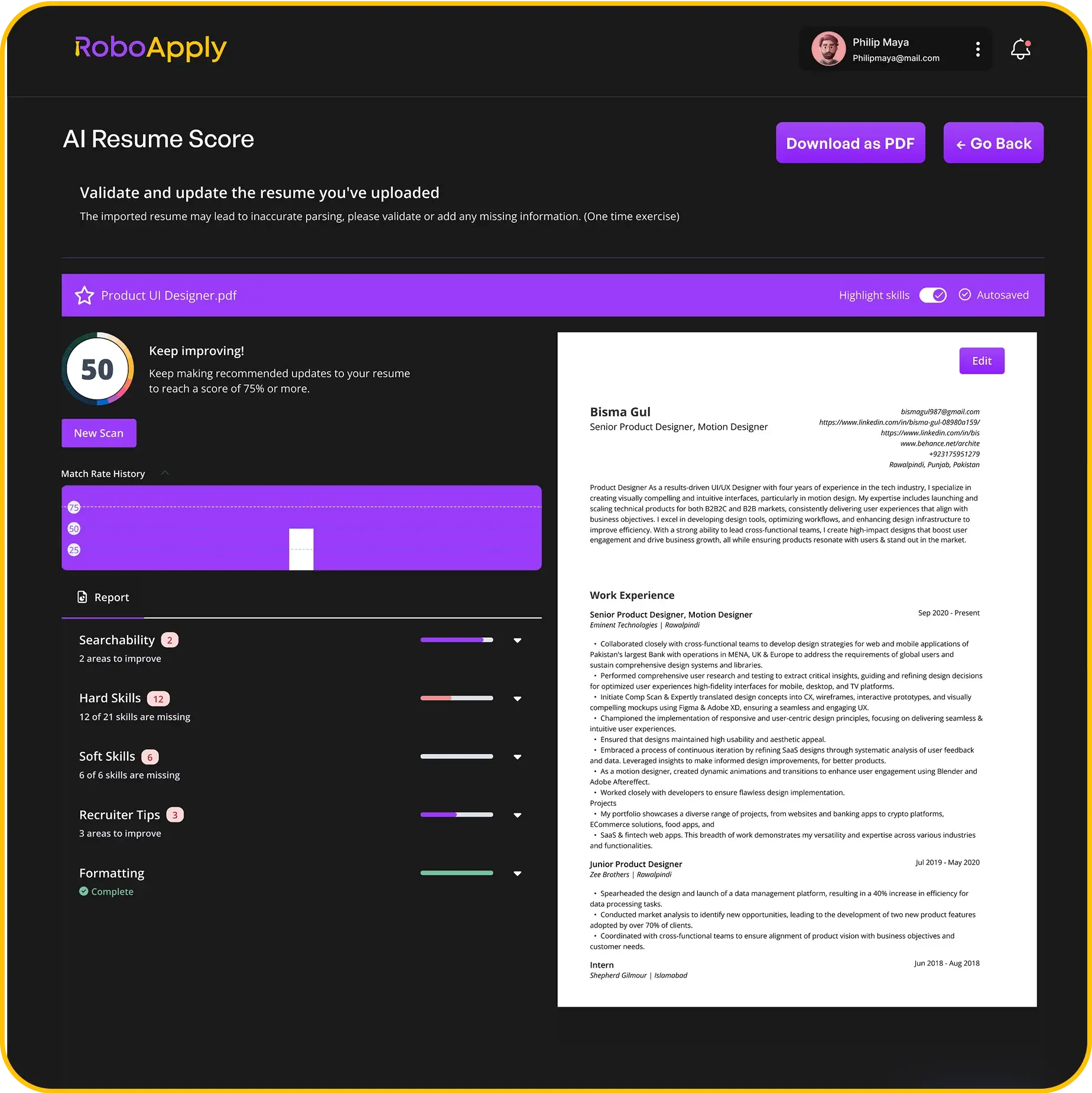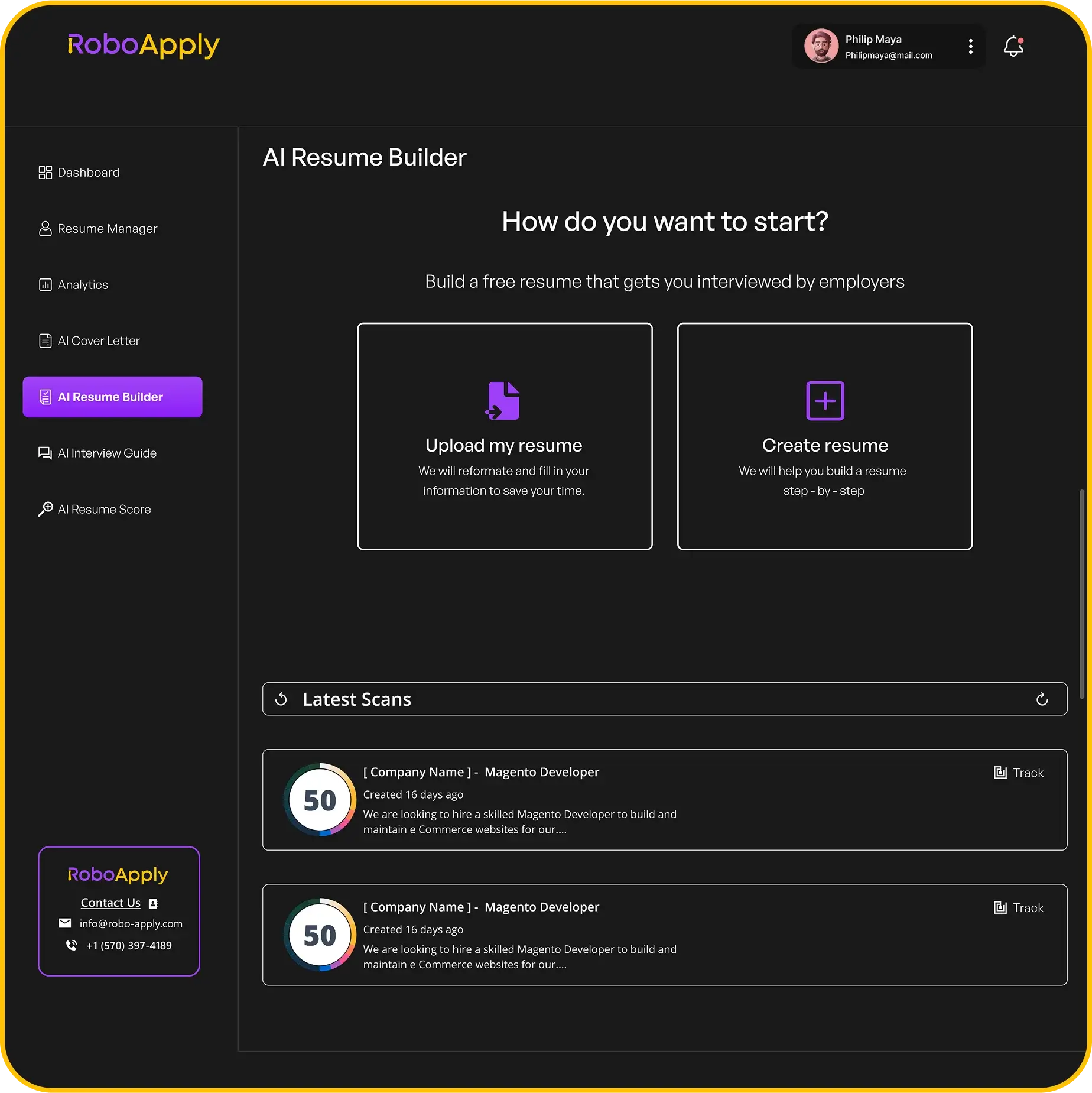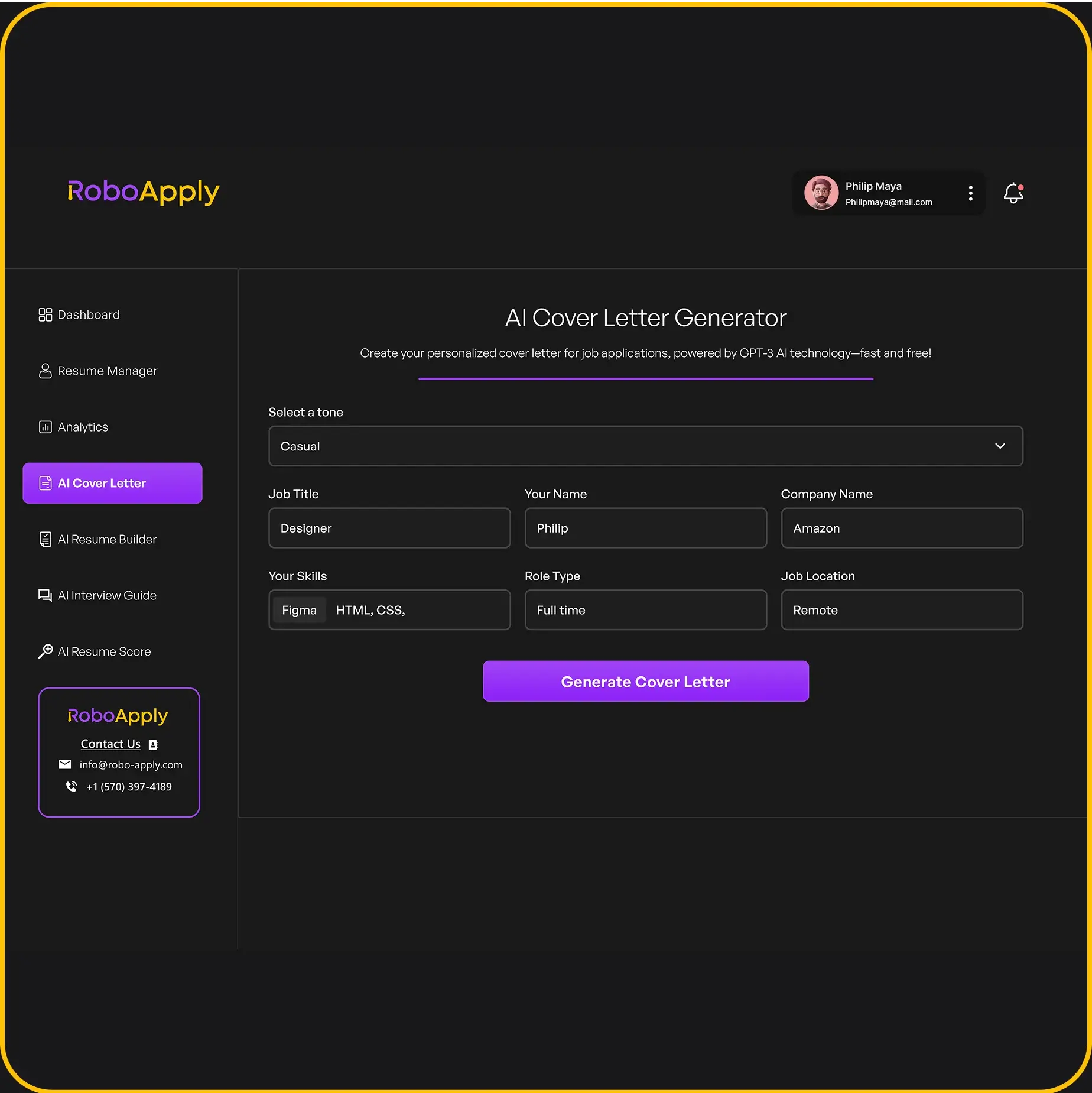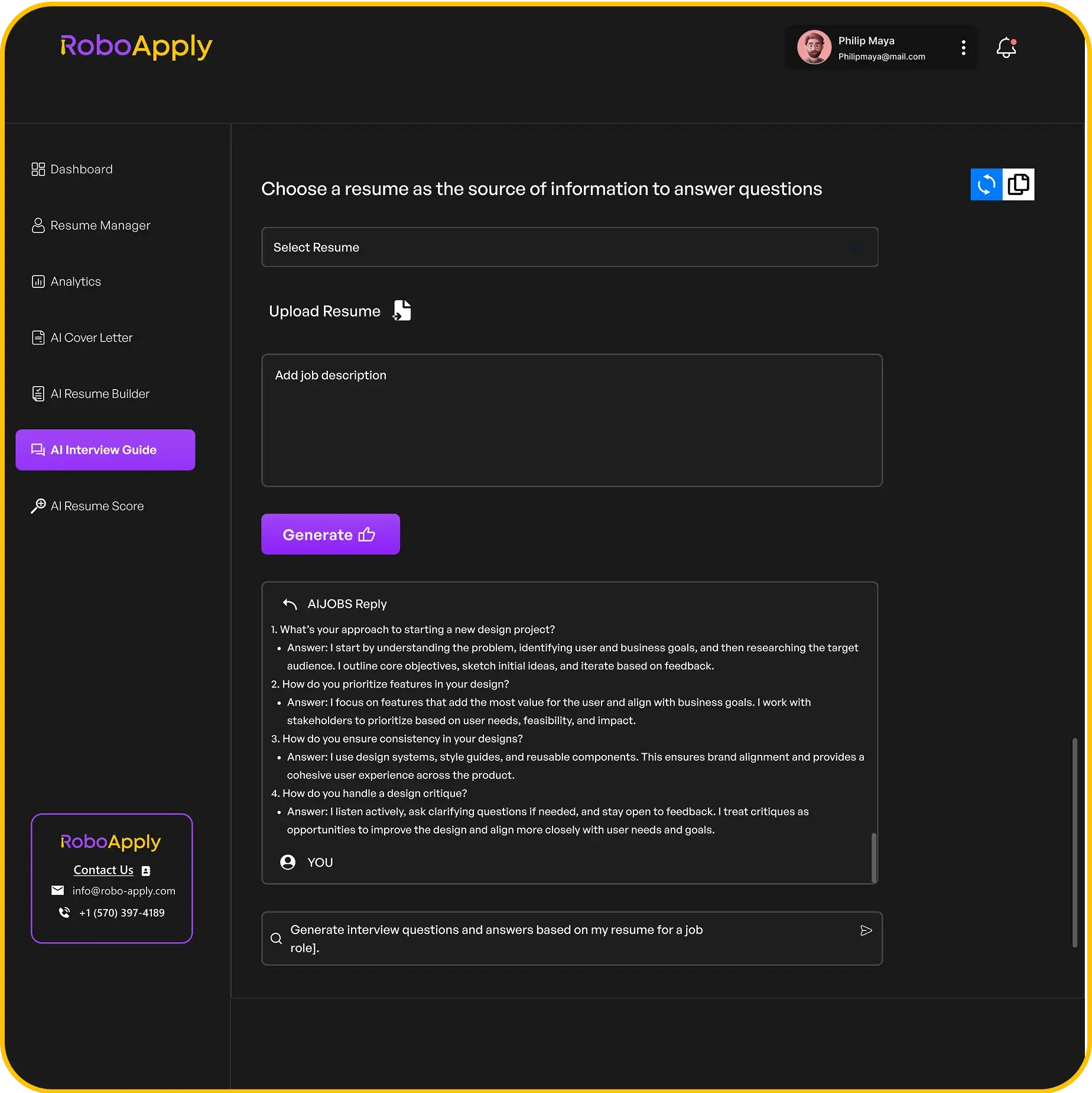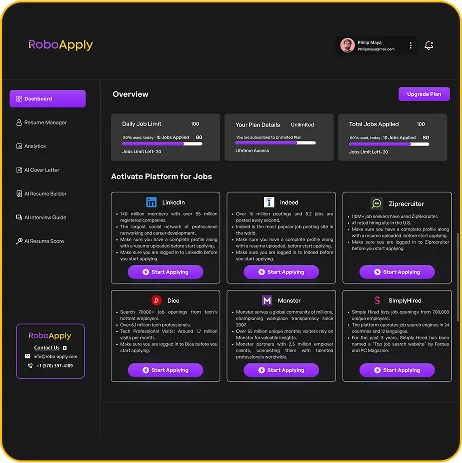So, you’re looking to land a factory job, right? It can be tough to make your resume stand out when there are so many people applying. You need to show you’ve got the skills and experience they’re looking for. This article will walk you through 11 different factory worker resume examples that actually helped people get hired. We’ll cover everything from operating a forklift to understanding blueprints, giving you solid ideas for your own Factory Worker Resume | Powered by RoboApply. Let’s get to it.
Key Takeaways
- Highlight specific equipment you’ve used, like forklifts or pallet jacks, to show practical skills.
- Describe your role in safety practices, such as wearing proper gear, to demonstrate awareness.
- Mention any experience with quality control or checklists to prove attention to detail.
- Show how you contribute to production, like working on an assembly line or with a conveyor belt.
- Use strong action words to describe your tasks and accomplishments clearly.
1. Forklift
Okay, so you’re applying for a factory job that involves driving a forklift? Awesome! You need to show them you know what you’re doing. It’s not just about saying you can drive one; it’s about showing you understand safety, efficiency, and how it all fits into the bigger picture of the factory’s operations. Think of your resume as your sales pitch. You’re selling your skills, and you want to make sure they see the value.
Here’s how to make your forklift experience shine:
- Highlight Safety Certifications: Make sure your certifications are front and center. Include the date you got certified and the expiration date, if there is one. This shows you’re not just saying you’re safe; you’ve got the paperwork to prove it. RoboApply can help you tailor your resume to emphasize these certifications.
- Quantify Your Achievements: Don’t just say you operated a forklift. Say you moved X amount of materials per shift or reduced loading times by Y percent. Numbers speak volumes. Use them to show the impact you made. For example, "Managed the movement of over 500 pallets per week, improving warehouse efficiency by 15%."
- Showcase Versatility: Can you operate different types of forklifts? Do you know how to handle various types of loads? The more versatile you are, the more valuable you are to an employer. Mention any specialized attachments you’re familiar with, like clamps or push/pull devices.
Remember, your resume is your first impression. Make it count. Tailor it to the specific job description, highlighting the skills and experience that are most relevant. Don’t be afraid to brag a little – just back it up with facts and figures.
Here’s an example of how you might describe your forklift experience on your resume:
Forklift Operator | ABC Manufacturing | 2020 – Present
- Operated sit-down and stand-up forklifts to move materials throughout the warehouse.
- Maintained a perfect safety record, with zero incidents or accidents.
- Collaborated with the shipping and receiving teams to ensure timely and accurate deliveries.
- Conducted daily inspections of forklifts, reporting any maintenance issues to the supervisor.
- Trained new employees on proper forklift operation and safety procedures.
Pro Tip: Use action verbs to describe your responsibilities. Instead of saying "Responsible for moving materials," say "Managed the movement of materials." It sounds more active and impactful. You can use resume examples to get more ideas.
Also, don’t forget to proofread your resume carefully. Typos and grammatical errors can make you look unprofessional. Ask a friend or family member to review it before you submit it. Good luck with your job search! You can also use expert tips to improve your resume.
And remember, a well-crafted resume is your ticket to landing that interview. Make sure it’s clear, concise, and showcases your best skills and experience. Use RoboApply to help you create a resume that stands out from the crowd. It can help you tailor your resume to specific job descriptions and highlight the skills that employers are looking for. Good luck!
2. Assembly Line
Working on an assembly line means you’re part of a team that puts products together, step by step. It’s all about speed, accuracy, and making sure everything is done right. Your resume needs to show you can handle the pace and pay attention to detail. Let’s look at how to do that.
- Highlight your experience with repetitive tasks. Show you can stay focused and maintain quality even when doing the same thing over and over.
- Mention any specific tools or equipment you’ve used on the line. This could be anything from power drills to robotic arms.
- Emphasize your ability to work as part of a team. Assembly lines are all about collaboration, so show you’re a good team player.
Assembly line work can be physically demanding, so it’s a good idea to mention any experience you have with lifting, standing for long periods, or other physical tasks. This shows you’re ready for the job’s demands.
Here’s an example of how you might describe your assembly line experience:
Assembly Line Worker
Acme Manufacturing, Anytown, USA
2022-Present
- Assembled components for widgets, meeting daily production targets.
- Maintained a 99% accuracy rate, minimizing defects and waste.
- Collaborated with team members to troubleshoot issues and improve efficiency.
- Operated and maintained various assembly line tools, including pneumatic screwdrivers and conveyor systems.
To make your resume even better, use RoboApply to tailor it to each specific job. It can help you combine resume components to create a strong application.
3. Safety Goggles

Safety goggles are a must-have in many factory settings. They protect your eyes from all sorts of hazards, like flying particles, chemical splashes, and even intense light. Showing you understand their importance on your resume can really boost your chances. It tells employers you care about safety and are responsible. RoboApply can help you highlight this experience effectively.
Think about it: a factory floor is full of potential eye hazards. You need to show you know how to handle them. Listing specific types of goggles you’ve used or situations where you’ve needed them can make your resume stand out.
Here’s how you can incorporate safety goggles into your factory worker resume:
- Mention specific types of safety goggles you’ve used (e.g., impact-resistant, chemical-resistant, laser safety goggles). This shows you have eye safety knowledge.
- Describe situations where you used safety goggles to prevent injury (e.g., grinding metal, working with chemicals). This demonstrates practical experience.
- Include any safety training or certifications you have related to eye protection. This adds credibility.
Always prioritize safety in your work. Demonstrating this commitment on your resume shows employers you’re a responsible and valuable asset.
For example, instead of just saying "Followed safety procedures," you could say:
"Consistently wore and maintained appropriate safety goggles while operating machinery, preventing potential eye injuries from flying debris."
4. Hard Hat

A hard hat is a must-have for factory workers. It protects your head from falling objects and other hazards. Showing you understand safety is key on your resume.
Here’s how to show you know your way around a hard hat:
- Mention specific safety training: Did you complete OSHA training or any other safety programs? List them!
- Detail your experience with PPE (Personal Protective Equipment): Show you know how to use and maintain safety gear.
- Highlight your commitment to safety protocols: Describe how you follow safety rules and procedures.
Always emphasize your dedication to safety. It’s a top priority for employers in factory settings. Use RoboApply to tailor your resume to highlight these skills.
Here’s an example of how to include it:
Example:
- "Consistently adhered to all safety regulations, including proper use of hard hats and other PPE, resulting in zero safety incidents."
- "Participated in weekly safety meetings and contributed to the development of improved safety protocols."
- "Conducted daily inspections of work area to identify and address potential hazards, including ensuring proper hard hat usage."
Make sure to use action verbs and quantify your accomplishments whenever possible. For example, instead of saying "Used hard hat," say "Consistently used hard hat, resulting in a safe work environment." You can also mention any specific types of hard hats you’re familiar with, such as those with chin straps or impact-resistant features.
5. Steel-Toed Boots
Steel-toed boots are critical for factory workers, protecting feet from heavy objects, compression, and punctures. A resume that highlights experience with safety protocols and equipment, including steel-toed boots, shows a commitment to workplace safety. RoboApply can help tailor your resume to emphasize this.
Here’s how you might describe your experience:
Production Associate
ABC Manufacturing, Anytown, USA
2022 – Present
- Consistently adhered to all safety regulations, including the mandatory use of safety work boots and other PPE.
- Operated machinery safely, preventing accidents and injuries.
- Participated in weekly safety meetings, contributing to a safer work environment.
- Maintained a clean and organized workspace, reducing potential hazards.
Wearing steel-toed boots isn’t just about following the rules; it’s about protecting yourself from serious injury. Showing you understand this on your resume can make a big difference.
Tip: Quantify your safety record if possible. For example, "Maintained a perfect safety record over three years, with zero incidents related to foot injuries." This adds weight to your claims. You can also mention specific boot types you’re familiar with, like the NATS S320 Unisex, if relevant to the job. Remember to tailor your resume to each specific job application. RoboApply can help you customize your resume quickly and efficiently. A strong cover letter, like those used by scientist cover letter applicants, can also help you stand out.
6. Conveyor Belt
Conveyor belts are everywhere in factories. They move stuff. Knowing how to work around them, or even fix them, is a big plus. It shows you understand the flow of production.
Think about it: if you’ve got experience keeping things moving, that’s something employers want. RoboApply can help you highlight that experience, making sure it stands out to potential employers.
Here’s how you might describe your experience:
- Monitored conveyor belt systems for jams and malfunctions, resolving issues promptly to minimize downtime.
- Performed routine maintenance on conveyor belts, including lubrication, belt adjustments, and component replacements.
- Collaborated with maintenance teams to troubleshoot complex conveyor system problems and implement effective solutions.
Conveyor belts are the unsung heroes of the factory floor. They keep everything moving, and if they stop, everything stops. Showing you know how to handle them is a great way to show you understand the importance of keeping production flowing.
Example:
Production Associate | Acme Manufacturing | 2022-Present
- Operated and monitored conveyor belts to ensure smooth material flow.
- Identified and resolved minor conveyor belt malfunctions, minimizing production delays.
- Collaborated with maintenance personnel to address major conveyor belt repairs.
Tip:
Quantify your experience. Instead of saying "Maintained conveyor belts," say "Maintained 10 conveyor belts, reducing downtime by 15%."
7. Pallet Jack

Okay, so a pallet jack. It’s basically a hand truck designed to lift and move pallets. You slide the forks under the pallet, pump the handle to lift it, and then pull or push the pallet to where it needs to go. Simple, right? But showing you know how to use one on your resume can really help. It shows you’re familiar with basic warehouse operations.
Here’s how you might describe your experience:
- Utilized manual pallet jacks to relocate materials within the warehouse, improving efficiency by 15%.
- Maintained pallet jack equipment, performing routine checks and reporting any maintenance needs promptly.
- Adhered to safety protocols while operating pallet jacks, ensuring a safe working environment.
Using a pallet jack might seem straightforward, but it’s important to show you understand the safety aspects and how it fits into the bigger picture of warehouse logistics. It’s not just about moving stuff; it’s about doing it efficiently and safely.
Think about adding details like the weight you typically moved or any specific procedures you followed. Did you use it in tight spaces? Did you have to navigate specific routes? These details can make your experience stand out. You can also use RoboApply to tailor your resume to highlight these skills.
For example:
- Moved an average of 50 pallets per shift, weighing up to 2000 lbs each, using a manual pallet jack.
- Navigated narrow aisles and congested areas within the warehouse while operating a pallet jack, ensuring safe and efficient material flow.
- Collaborated with team members to coordinate pallet movement, optimizing workflow and reducing downtime.
And don’t forget to mention any training or certifications you have related to operating pallet jacks. Even if it’s just on-the-job training, it’s worth mentioning. It shows you’re willing to learn and follow procedures. Just like forklift operation skills are important, so are these seemingly smaller skills.
Here’s a quick example of how to include it in your resume:
Warehouse Associate
- Operated manual pallet jacks to move materials throughout the warehouse.
- Maintained a clean and organized work area.
- Assisted with inventory management and order fulfillment.
See? Simple, but effective. And remember, even seemingly small details can make a big difference. Just like knowing how to operate forklifts and winches is important, so is knowing how to use a pallet jack safely and efficiently.
8. Machine Press
A machine press is a powerful tool used to shape or cut materials by applying significant pressure. Safety is paramount when working with these machines, and your resume should reflect that. It’s not just about knowing how to operate the press, but also about understanding the potential hazards and how to mitigate them. RoboApply can help you tailor your resume to highlight these crucial safety skills.
Here’s how you might describe your experience:
- Operated hydraulic and mechanical presses to form metal components according to specifications.
- Conducted regular safety checks and maintenance on press machinery.
- Troubleshooted minor mechanical issues and reported major problems to maintenance personnel.
- Consistently met production quotas while adhering to strict quality standards.
- Trained new employees on the safe and efficient operation of machine presses.
Always emphasize your commitment to safety and your ability to follow procedures. A clean safety record is a major plus for any factory worker.
Consider this example:
Machine Press Operator
Acme Manufacturing, Anytown, USA
2020-Present
- Operated a 200-ton hydraulic press to form various metal parts for automotive applications.
- Reduced scrap rate by 15% through improved material handling techniques.
- Collaborated with engineers to optimize press settings for new product designs.
- Performed daily maintenance checks and reported any issues to the maintenance team.
- Adhered to all safety protocols and maintained a clean and organized work area.
To really stand out, quantify your achievements whenever possible. Numbers speak louder than words. For example, instead of saying "Improved efficiency," say "Increased production output by 10%." Use Press Operator resume samples to get ideas.
Here’s a table showing the different types of machine presses and their applications:
| Type of Press | Application | Material | Force (Tons) |
|---|---|---|---|
| Hydraulic Press | Forming, Deep Drawing | Metal, Plastic | 50-1000+ |
| Mechanical Press | Stamping, Punching | Metal | 20-500+ |
| Pneumatic Press | Assembly, Riveting | Metal, Plastic | 1-50 |
Remember to tailor your resume to the specific requirements of the job you’re applying for. If the job description mentions a specific type of press, be sure to highlight your experience with that machine. Also, don’t forget to mention any relevant certifications or training you have received. You can also use RoboApply to help you craft a standout machine operator resume that highlights your skills and experience.
9. Quality Control Checklist
Quality control checklists are super important in factory work. Basically, they’re structured forms that help workers make sure products meet certain standards. Think of it as a step-by-step guide to avoid mistakes. Using a checklist ensures consistency and reduces the chance of defective items slipping through the cracks. It’s all about catching problems early.
These checklists usually cover things like:
- Checking dimensions
- Looking for visual defects
- Testing functionality
- Verifying packaging
They’re not just for the final product, either. Checklists can be used at different stages of the manufacturing process. This helps catch issues early on, saving time and resources. You can even use GoAudits checklists to help with manufacturing production.
Quality control checklists are a simple but effective way to maintain high standards in a factory setting. They help workers stay focused and ensure that every product meets the required specifications.
Here’s a simple example of what a quality control checklist might look like for a widget:
| Item | Specification | Pass/Fail | Notes |
|---|---|---|---|
| Dimensions | 10cm x 5cm | Pass | Within tolerance |
| Visual Check | No scratches | Pass | Clean surface |
| Functionality | Operates smoothly | Fail | Sticking slightly; needs adjustment |
| Packaging | Correct label | Pass | Label is clear and properly attached |
Using a tool like RoboApply can help you highlight your experience with quality control. Make sure to mention any specific checklists you’ve used or any improvements you’ve made to the process. It shows you pay attention to detail and are committed to quality. Remember that quality control checklists should encompass product specifications.
Also, remember that there are quality checklists for inspections to help manage product quality.
10. Work Gloves
Work gloves are a pretty basic piece of personal protective equipment (PPE), but they’re super important for factory workers. They protect your hands from cuts, abrasions, burns, and all sorts of other hazards you might encounter on the job. Showing you understand their importance and use them correctly can really boost your resume.
Think about it: a lot of factory work involves handling materials, operating machinery, and doing tasks that could easily lead to hand injuries. Mentioning your experience with different types of work gloves and how you use them safely shows you’re responsible and aware of safety protocols. RoboApply can help you tailor your resume to highlight this experience, making sure it catches the eye of potential employers.
Here’s an example of how you might describe your experience with work gloves on your resume:
"Consistently utilized appropriate work gloves (leather, nitrile, cotton) for various tasks, including material handling, machine operation, and assembly, resulting in a 20% reduction in hand-related incidents within the team."
Here are some things to keep in mind when talking about work gloves on your resume:
- Types of Gloves: Mention the different types of gloves you’ve used (e.g., leather, nitrile, cotton, heat-resistant). This shows you understand the variety available and when to use each type.
- Specific Tasks: Describe the specific tasks you used gloves for. This could include material handling, machine operation, assembly, or any other relevant activity.
- Safety Practices: Highlight your adherence to safety protocols related to glove use, such as inspecting gloves for damage before use, replacing damaged gloves immediately, and properly disposing of used gloves.
Using the right work gloves is more than just a requirement; it’s a commitment to your safety and the safety of those around you. Demonstrating this commitment on your resume can make a significant difference.
Here’s a table showing different types of gloves and their uses:
| Glove Type | Common Uses |
|---|---|
| Leather | Material handling, welding |
| Nitrile | Chemical handling, cleaning |
| Cotton | General assembly, light tasks |
| Heat-Resistant | Working with hot materials |
11. Blueprint

Blueprints are technical drawings that show how something is made or put together. In a factory setting, you might use blueprints to understand how a machine works, how a product should be assembled, or how a part should be made. Being able to read and understand blueprints is a valuable skill for many factory jobs.
Here’s how you might show blueprint skills on your resume:
- "Interpreted complex blueprints to ensure accurate assembly of components, reducing errors by 15%."
- "Utilized blueprints to troubleshoot machine malfunctions, leading to faster repair times and increased production efficiency."
- "Collaborated with engineers to update blueprints based on production feedback, improving product design and manufacturability."
Knowing how to read blueprints can really set you apart. It shows you understand the technical side of things and can contribute to problem-solving and process improvement.
Here’s an example of how you could phrase it in your resume’s skills section:
- Blueprint Reading
- Technical Drawings
- CAD Software (if applicable)
And here’s how you could show it in your work experience:
- "Reviewed and interpreted blueprints to ensure accurate machining of parts."
- "Identified discrepancies in blueprints and communicated them to engineering for correction."
RoboApply can help you tailor your resume to highlight these skills, making sure you emphasize the blueprint-related experience that’s most relevant to the job you’re applying for. It’s all about showing them you have the skills for factory work they need!
Section 11, "Blueprint," lays out a clear plan for success. It’s like a step-by-step guide to help you reach your goals. This part of the article is all about giving you the tools and knowledge you need to make things happen. If you’re ready to turn your ideas into reality, check out how RoboApply can help you get started on your journey.
Wrapping Things Up: Your Next Steps
So, we’ve looked at a bunch of different factory worker resumes that actually worked. The big takeaway here is that a good resume isn’t just a list of jobs you’ve had. It’s about showing what you can do, how you’ve helped out, and why you’re a good fit for the place you want to work. Take some time with your own resume. Look at what we talked about, maybe try out some of the ideas. A little effort now can really make a difference in getting that next job. You got this!
Frequently Asked Questions
What’s the most important thing to put on a factory worker’s resume?
A factory worker’s resume should highlight skills like operating machines, following safety rules, and working well with others. Make sure to list any special tools you know how to use, like a forklift or a pallet jack. Also, show that you can pay attention to details and keep things organized.
What kind of work experience should I include?
You should definitely include your work history, starting with your most recent job. For each job, describe what you did and any achievements, like improving efficiency or reducing waste. Don’t forget to add your education and any certifications you have.
Should I have a summary statement on my resume?
Yes, it’s a good idea to have a short summary or objective at the top. This tells the hiring manager right away what kind of job you’re looking for and what you bring to the table. Keep it brief and to the point.
How can I make my resume stand out from others?
You can make your resume stand out by using strong action verbs to describe your duties, like ‘operated,’ ‘maintained,’ or ‘inspected.’ Also, try to use numbers when possible to show your impact, for example, ‘increased production by 15%.’ Customizing your resume for each job you apply for also helps a lot.
What if I don’t have much experience as a factory worker?
If you don’t have much experience, focus on your skills, especially transferable ones like teamwork, problem-solving, and attention to detail. You can also include any relevant coursework, volunteer work, or projects that show you’re ready to learn and work hard.
How long should my factory worker resume be?
It’s usually best to keep your resume to one page, especially if you have less than 10 years of experience. If you have a lot of relevant experience, two pages can be acceptable, but make sure every word counts and is important for the job.
What’s the best font and size for a resume?
Always use a clear, easy-to-read font like Arial, Calibri, or Times New Roman. Keep the font size between 10 and 12 points for the main text and a bit larger for headings. Avoid fancy fonts that might be hard to read.
Should I proofread my resume?
Before sending your resume, always proofread it carefully for any spelling or grammar mistakes. It’s also a good idea to have someone else look it over. A clean, error-free resume shows you pay attention to details.




